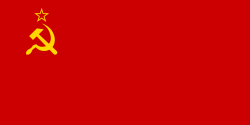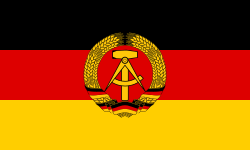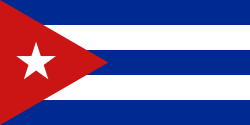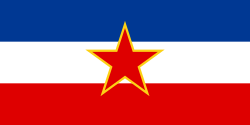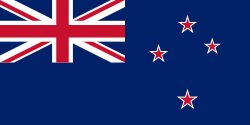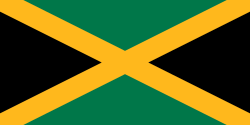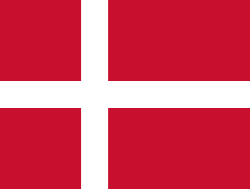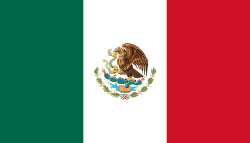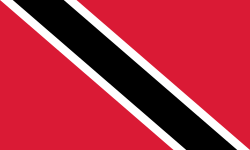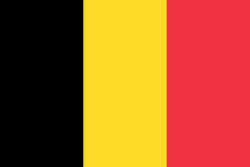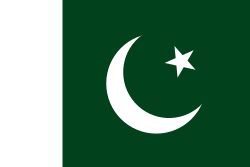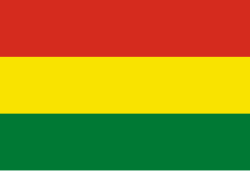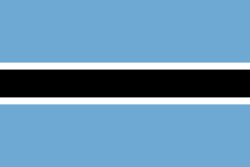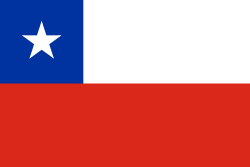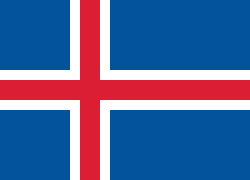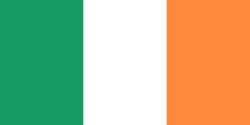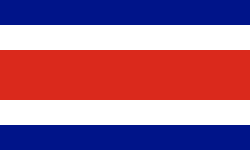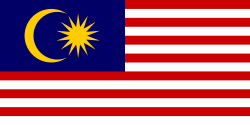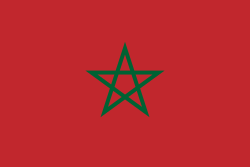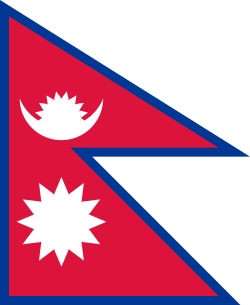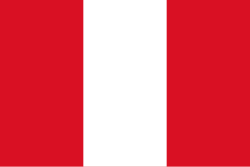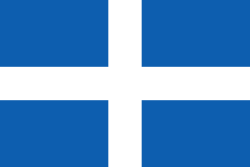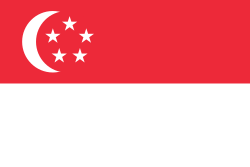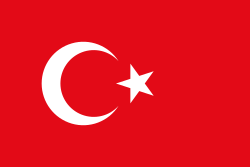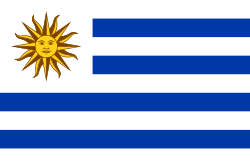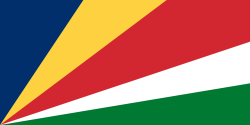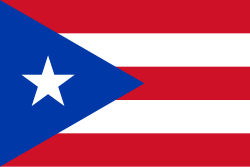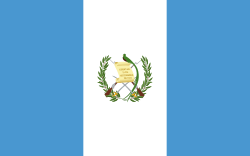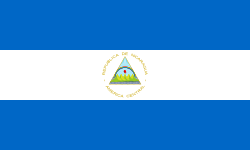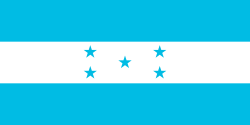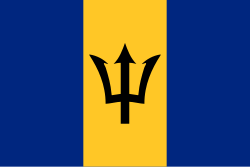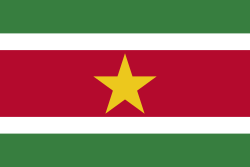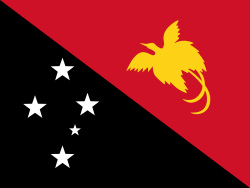Letní olympijské hry 1976
| XXI. letní olympijské hry | |
|---|---|
 | |
| Místo konání | Montreal, Kanada |
| Počet zemí | 92 |
| Počet sportovců | 6106 |
| Soutěže | 203 v 21 sportech |
| Zahájení | 17. července 1976 |
| Zakončení | 1. srpna 1976 |
| Slib za sportovce | Pierre St.-Jean |
| Slib za rozhodčí | Maurice Fauget |
| Pochodeň | Stéphane Préfontaine Sandra Henderson |
| Stadion | Olympic Stadium |
← LOH 1972 LOH 1980 → | |

XXI. letní olympijské hry se uskutečnily ve dnech 17. července až 1. srpna 1976 v kanadském Montréalu. Her se zúčastnilo 6106 sportovců z 92 zemí. Československo reprezentovalo 167 sportovců, z toho 39 žen. V celkovém hodnocení se československá výprava s osmi medailemi umístila na 17. místě.
Volba pořadatele
O tom, které město uspořádá olympijské hry v roce 1976, bylo rozhodnuto 15. května 1970 na zasedání Mezinárodního olympijského výboru v Amsterodamu.
| Výsledky volby pořadatele LOH 1976 | ||||||
|---|---|---|---|---|---|---|
| Město | Země | 1. kolo | 2. kolo | |||
| Montreal | 25 | 41 | ||||
| Moskva | 28 | 28 | ||||
| Los Angeles | 17 | - | ||||
Bojkot
Hry byly na protest proti rostoucí rasové nenávisti bojkotovány většinou afrických zemí. Záminkou byla účast novozélandských ragbistů na soutěžích v tehdy rasistické Jihoafrické republice, jejíž olympijský výbor byl vyloučen z MOV roku 1970.[1] Bojkot iniciovaly takzvané frontové státy.
Sporty
Počet medailí podle údajů mezinárodního olympijského výboru
| Pořadí | Země | Zlato | Stříbro | Bronz | Celkem |
| 1 | 49 | 40 | 34 | 123 | |
| 2 | 40 | 25 | 25 | 90 | |
| 3 | 34 | 35 | 25 | 94 | |
| 4 | 10 | 12 | 17 | 39 | |
| 5 | 9 | 6 | 10 | 25 | |
| 6 | 7 | 6 | 13 | 26 | |
| 7 | 6 | 9 | 7 | 22 | |
| 8 | 6 | 4 | 3 | 13 | |
| 9 | 4 | 9 | 14 | 27 | |
| 10 | 4 | 5 | 13 | 22 | |
| 11 | 4 | 2 | 0 | 6 | |
| 12 | 4 | 1 | 0 | 5 | |
| 13 | 3 | 5 | 5 | 13 | |
| 14 | 2 | 7 | 4 | 13 | |
| 15 | 2 | 3 | 4 | 9 | |
| 16 | 2 | 3 | 3 | 8 | |
| 17 | 2 | 2 | 4 | 8 | |
| 18 | 2 | 1 | 1 | 4 | |
| 19 | 1 | 1 | 4 | 6 | |
| 20 | 1 | 1 | 2 | 4 | |
| 21 | 1 | 1 | 0 | 2 | |
| 21 | 1 | 1 | 0 | 2 | |
| 21 | 1 | 1 | 0 | 2 | |
| 24 | 1 | 0 | 2 | 3 | |
| 25 | 1 | 0 | 1 | 2 | |
| 26 | 1 | 0 | 0 | 1 | |
| 27 | 0 | 5 | 6 | 11 | |
| 28 | 0 | 3 | 3 | 6 | |
| 29 | 0 | 2 | 3 | 5 | |
| 30 | 0 | 2 | 0 | 2 | |
| 30 | 0 | 2 | 0 | 2 | |
| 32 | 0 | 1 | 4 | 5 | |
| 33 | 0 | 1 | 1 | 2 | |
| 34 | 0 | 1 | 0 | 1 | |
| 34 | 0 | 1 | 0 | 1 | |
| 36 | 0 | 0 | 2 | 2 | |
| 37 | 0 | 0 | 1 | 1 | |
| 37 | 0 | 0 | 1 | 1 | |
| 37 | 0 | 0 | 1 | 1 | |
| 37 | 0 | 0 | 1 | 1 | |
| 37 | 0 | 0 | 1 | 1 | |
| Celkem | 198 | 199 | 216 | 613 | |
|---|---|---|---|---|---|
Účastnické země
Her se zúčastnilo celkem 92 zemí, z toho se tři účastnily letních olympijských her poprvé: Andorra, Antigua a Barbuda a Kajmanské ostrovy.
Čísla v závorkách udávají počty sportovců zastupujících zemi.
- Účastnické země
- Počet sportovců zastupujících jednotlivé země
|
|
|
1 Sportovci z Kamerunu, Egypta, Maroka a Tuniska se her zúčastnili pouze od 18. do 20. července, dokud se nepřidali k bojkotu, kterého se účastnilo celkem 28 zemí. Ty se nezúčastnily na protest proti tomu, že Novozélandská ragbyová reprezentace souhlasila před olympijskými hrami s přípravným zápasem proti JAR, která byla dlouhodobě z her vyloučena kvůli apartheidu.
Československo na LOH 1976
Odkazy
Reference
- ↑ KÖSSL, Jiří; KRÁTKÝ, František; MAREK, Jaroslav. Dějiny tělesné výchovy II.. Praha: Olympia, 1986. Kapitola Mezinárodní sportovní hnutí, s. 209.
Externí odkazy
 Obrázky, zvuky či videa k tématu Letní olympijské hry 1976 na Wikimedia Commons
Obrázky, zvuky či videa k tématu Letní olympijské hry 1976 na Wikimedia Commons - Oficiální výsledky LOH 1976 na Olympedia[nedostupný zdroj] (anglicky)
Média použitá na této stránce
Flag of Canada introduced in 1965, using Pantone colors. This design replaced the Canadian Red Ensign design.
(c) I, Cmapm, CC BY-SA 3.0
The flag of the Soviet Union (1955-1991) using a darker shade of red.
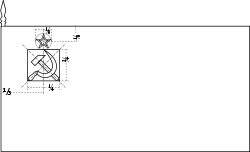
(c) I, Cmapm, CC BY-SA 3.0
The flag of the Soviet Union (1955-1991) using a darker shade of red.

Variant version of a flag of Japan, used between January 27, 1870 and August 13, 1999 (aspect ratio 7:10).
Flag of Second Polish Republic and later People's Republic of Poland in period from March 29, 1928 to March 10, 1980. Red shade used here is HTML "vermilion" #E34234. Proportion 5:8.
Autor: Scroch, Licence: CC BY-SA 3.0
Flag of Bulgaria (1971-1990). Flag of Bulgaria with Bulgarian coat from 1971.
Autor: Scroch, Licence: CC BY-SA 3.0
Flag of Bulgaria (1971-1990). Flag of Bulgaria with Bulgarian coat from 1971.
Flag of Romania, (21 August 1965 - 22 December 1989/officialy 27 December 1989).

Construction sheet of the Flag of Romania as depicted in Decree nr. 972 from 5 November 1968.
- l = 2/3 × L
- C = 1/3 × L
- S = 2/5 × l
Flag of Romania, (21 August 1965 - 22 December 1989/officialy 27 December 1989).

Construction sheet of the Flag of Romania as depicted in Decree nr. 972 from 5 November 1968.
- l = 2/3 × L
- C = 1/3 × L
- S = 2/5 × l
Finská vlajka
Flag of the Socialist Federal Republic of Yugoslavia (1946-1992).
The design (blazon) is defined in Article 4 of the Constitution for the Republic of Yugoslavia (1946). [1]
Flag of the Socialist Federal Republic of Yugoslavia (1946-1992).
The design (blazon) is defined in Article 4 of the Constitution for the Republic of Yugoslavia (1946). [1]
Vlajka České republiky. Podoba státní vlajky České republiky je definována zákonem České národní rady č. 3/1993 Sb., o státních symbolech České republiky, přijatým 17. prosince 1992 a který nabyl účinnosti 1. ledna 1993, kdy rozdělením České a Slovenské Federativní republiky vznikla samostatná Česká republika. Vlajka je popsána v § 4 takto: „Státní vlajka České republiky se skládá z horního pruhu bílého a dolního pruhu červeného, mezi něž je vsunut žerďový modrý klín do poloviny délky vlajky. Poměr šířky k její délce je 2 : 3.“
Vlajka České republiky. Podoba státní vlajky České republiky je definována zákonem České národní rady č. 3/1993 Sb., o státních symbolech České republiky, přijatým 17. prosince 1992 a který nabyl účinnosti 1. ledna 1993, kdy rozdělením České a Slovenské Federativní republiky vznikla samostatná Česká republika. Vlajka je popsána v § 4 takto: „Státní vlajka České republiky se skládá z horního pruhu bílého a dolního pruhu červeného, mezi něž je vsunut žerďový modrý klín do poloviny délky vlajky. Poměr šířky k její délce je 2 : 3.“
Flag of Jamaica. “The sunshine, the land is green, and the people are strong and bold” is the symbolism of the colours of the flag. GOLD represents the natural wealth and beauty of sunlight; GREEN represents hope and agricultural resources; BLACK represents the strength and creativity of the people. The original symbolism, however, was "Hardships there are, but the land is green, and the sun shineth", where BLACK represented the hardships being faced.
The civil ensign and flag of Belgium. It is identical to Image:Flag of Belgium.svg except that it has a 2:3 ratio, instead of 13:15.
Flag of Portugal, created by Columbano Bordalo Pinheiro (1857–1929), officially adopted by Portuguese government in June 30th 1911 (in use since about November 1910). Color shades matching the RGB values officially reccomended here. (PMS values should be used for direct ink or textile; CMYK for 4-color offset printing on paper; this is an image for screen display, RGB should be used.)
Autor: SanchoPanzaXXI, Licence: CC BY-SA 4.0
Flag of Spain during the Spanish State. It was adopted on 11 October 1945 with Reglamento de Banderas Insignias y Distintivos (Flags, Ensigns and Coats of Arms Bill)
The national flag of Kingdom of Thailand; there are total of 3 colours:
- Red represents the blood spilt to protect Thailand’s independence and often more simply described as representing the nation.
- White represents the religion of Buddhism, the predominant religion of the nation
- Blue represents the monarchy of the nation, which is recognised as the centre of Thai hearts.
| Flag of Bolivia* | |
|---|---|
| country | Template:I18n/Republic of Bolivia |
| used by | Bolivia |
| from | 1851 |
| until | Present |
| created by | Government of Bolivia |
| format | 15:22 |
| shape | rectangular |
| colours | červená, žlutá, zelená
flag has 3 horizontal stripes |
| other characteristics | A horizontal tricolor of red, yellow and green. |
The flag of the Dominican Republic has a centered white cross that extends to the edges. This emblem is similar to the flag design and shows a bible, a cross of gold and 6 Dominican flags. There are branches of olive and palm around the shield and above on the ribbon is the motto "Dios,Patria!, Libertad" ("God, Country, Freedom") and to amiable freedom. The blue is said to stand for liberty, red for the fire and blood of the independence struggle and the white cross symbolized that God has not forgotten his people. "Republica Dominicana". The Dominican flag was designed by Juan Pablo Duarte, father of the national Independence of Dominican Republic. The first dominican flag was sewn by a young lady named Concepción Bona, who lived across the street of El Baluarte, monument where the patriots gathered to fight for the independence, the night of February 27th, 1844. Concepción Bona was helped by her first cousin María de Jesús Pina.
Při zobrazení tohoto souboru lze snadno přidat orámování
The Flag of Iceland.
- Horizontal aspect ratio: 7:1:2:1:14;
- Vertical aspect ratio: 7:1:2:1:7.
bendera Indonesia
Zelený pruh má znázorňovat většinové katolické obyvatelsto Irska, oranžový pruh reprezentuje protestantskou menšinu a bílý pruh uprostřed znázorňuje mír a harmonii mezi nimi.
Flag of the Ivory Coast, written by Jon Harald Søby, modified by Zscout370. The colors match to what is reported at http://fotw.vexillum.com/flags/ci.html.
Řecká vlajka (1822-1970 a 1974-1978)
Řecká vlajka (1822-1970 a 1974-1978)
Flag of Senegal
Flag of Tunisia until 1999.
Flag of Liechtenstein 1937—1982.
Made by author of Xramp, first uploaded by Denelson83 as Flag of Ecuador.svg, modifications by Husunqu.
Flag of the Ivory Coast, written by Jon Harald Søby, modified by Zscout370. The colors match to what is reported at http://fotw.vexillum.com/flags/ci.html.
The flag of Brazil from 1968 to 1992 with 23 stars.
State Flag of Venezuela 1930-2006, New flag was introduced 9 March 2006.
Flag of Andorra - civil version
Flag of People's Republic of Mongolia 1945-1992
Flag of South Korea (1949-1984)
Почтовая марка СССР. 1976. XXI Летние Олимпийские игры. Стрельба
Autor: Dufo, Licence: CC BY-SA 3.0
Olympische Sommerspiele 1976 — Anzahl der Athleten
The Egyptian flag (1972-1984). Also the flag of Libya (1972-1977) and Syria (1972-1980), when the three countries formed the nominal “Federation of Arab Republics”. (For a map of the federation, see Image:Esl.PNG.)
The Arab text in the scroll held by the “Golden Hawk of Qureish” reads Arabic اتحاد الجمهوريات العربية, ittiħād al-jumhūriyyāt al-`arabiyya, i.e. the Federation (literally “Union”) of Arab Republics — in a quasi-Kufic script (in its original form, with a very ornamental letter dal د).
1976 Olympics logo
This is the flag of the Cayman Islands, prior to 1999 (It seems this version is still in use). The base pattern is from HK Blue Ensign and the arms are from the blue ensign. The FOTW was used for the position of the arms.
The three stars mean Grand Cayman(76miles), Cayman Brac(14miles), and Little Cayman(10miles).Vlajka Angoly
The flag of San Marino, before the 2011 standardization
1910 Flag of Bermuda (with smaller coat of arms)



